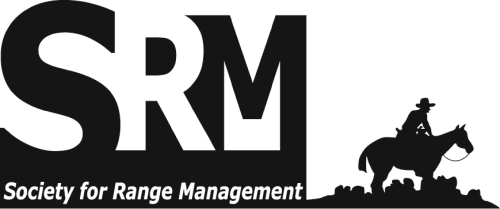Although there have been several reports on the food habits of domestic herbivores in various semiarid regions of the world, there has been no previous report on the partitioning of forage resources by camels (Camelus dromedarius) and sheep (Ovis aries), goats (Capra hircus) and cattle (Bos indicus) using a common range. In the semiarid region of northern Kenya, the seasonal exploitation by these herbivores resulting from herding by the nomadic Rendille pastoralists makes the system for management of these rangelands very complex. Information on the food habits of animals utilizing a common range is important in offering a basis for assessing the usefulness of the range components to the animals. Consequently, food habits information becomes an important tool in making management decisions. Camels were predominantly browsers while cattle were predominantly grazers. Sheep and goats were intermediate feeders. Cattle browsed most during the 'green' season when the browse shoots were most abundant and easiest for their large mouth parts to harvest. Camels grazed most during the very dry season when most trees and shrubs had shed their leaves. The observed variations in food habits among the 4 herbivores suggest that they may require different management to obtain optimum production. This material was digitized as part of a cooperative project between the Society for Range Management and the University of Arizona Libraries. The Journal of Range Management archives are made available by the Society for Range Management and the University of Arizona Libraries. Contact lbry-journals@email.arizona.edu for further information. Migrated from OJS platform August 2020

Scholarly peer-reviewed articles published by the Society for Range Management. Access articles on a rolling-window basis from vol. 1, 1948 up to 5 years from the current year. Formerly Journal of Range Management (JRM). More recent content is available by subscription from SRM.